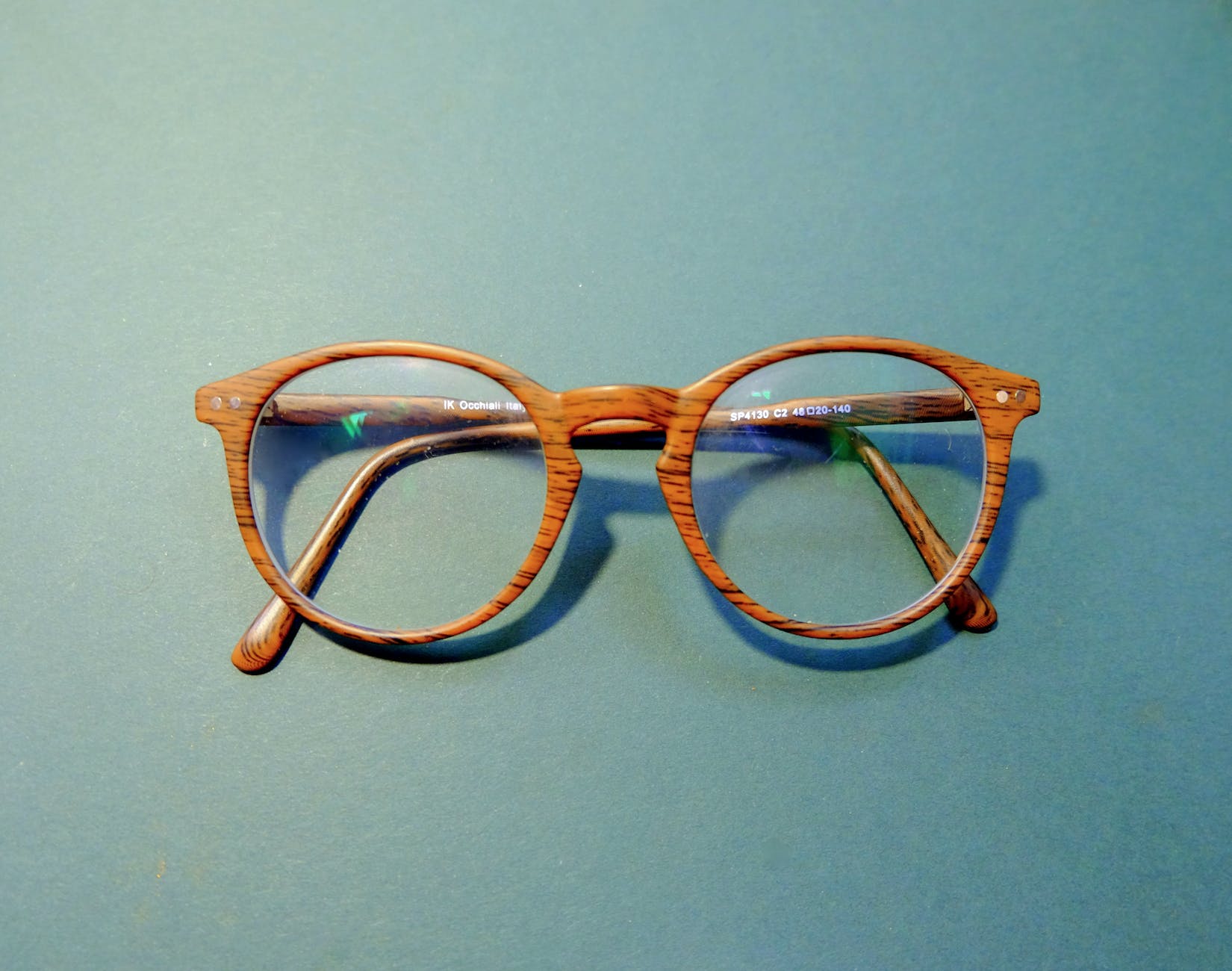From the first spark of fire to the invention of the wheel, the tapestry of human history is interwoven with countless moments of ingenuity. But when it comes to inventions that have had a profound impact on how we perceive the world, quite literally, few can compare to the humble pair of eyeglasses. This transformative invention has improved the lives of countless individuals, enabling them to see the world with clarity and precision. But have you ever wondered about the story behind these ubiquitous lenses?
The Beginnings in Ancient Times
The fascination with optics and light dates back to ancient civilizations. Roman texts from the 1st century AD describe the use of a glass globe filled with water as a magnifying device, while Seneca, the Roman philosopher, reportedly read “all the books of Rome” using a glass filled with water as a lens. But these were rudimentary magnifying tools and not wearable devices to correct vision.
The Emergence of Reading Stones
Fast forward to the medieval era, and we find the first evidence of a wearable vision aid. The 13th century in Italy witnessed the advent of “reading stones” – segments of glass spheres that could be laid upon reading material to magnify the text. These were rudimentary bifocals, the precursor to the eyeglasses we are familiar with. However, they were limited in use, largely for reading, and lacked the sophistication to correct specific vision impairments.
The Birth of True Eyeglasses
By the late 13th century, Italian inventors had made a revolutionary leap. They mounted two convex-shaped pieces of glass, which could correct farsightedness, into frames that could be balanced on the bridge of the nose. The city of Pisa records a mention in 1299 about the crafting of such lenses. Initially, these spectacles were handcrafted, using rudimentary frames made of leather or wood, and were a luxury only the elite could afford.
The true potential of eyeglasses started becoming evident as they spread throughout Europe. With the invention of the printing press in the 15th century, there was a surge in the availability of books, and suddenly, the importance of clear vision became paramount.
The Evolution of Design and Utility
As the centuries progressed, so did the design and functionality of glasses. The 18th century saw the invention of bifocals, attributed to the polymath Benjamin Franklin. This design was especially significant because it corrected both nearsightedness and farsightedness in a single frame.
The 19th and 20th centuries witnessed an explosion of innovation. With the advent of newer materials like plastic and the development of precise manufacturing techniques, glasses became more comfortable, durable, and affordable. Styles and aesthetics also took center stage. No longer were glasses just utilitarian; they became a fashion statement.
The Impact on Society
The societal impact of eyeglasses cannot be overstated. Throughout history, impaired vision was a significant limitation. With the invention of glasses, many were able to pursue vocations and passions which would have otherwise been unattainable. The fields of literature, science, art, and countless others owe a debt to this simple yet transformative invention.
Moreover, glasses became symbols of intelligence and wisdom. The iconic image of a scholar or a thinker is almost always complemented with a pair of glasses. They became cultural artifacts, telling stories of eras, revolutions, and personal journeys.
Looking to the Future
Today, the world of eyewear has expanded exponentially. Brands like Gucci glasses and Tom Ford glasses not only offer vision correction but also exude style and luxury, reflecting the evolution of eyewear as a fashion accessory. From prescription eyeglasses to cater to specific vision needs, to sunglasses that protect from UV rays, and smart glasses integrating technology, the evolution is relentless. Even contact lenses, LASIK surgery, and other vision correction methods owe their genesis to the foundational understanding that began with the invention of glasses.
Bridging the gap between disability and ability
From their ancient origins to their indispensable role in modern society, glasses have been a testament to human ingenuity. Whether it’s the high-end allure of Tom Ford glasses or the chic design of Gucci glasses, they have bridged the gap between disability and ability, ensuring that the beauty of the world remains accessible to all.
As we adorn our faces with these frames, it’s worth reflecting on their incredible journey, reminding us that sometimes, the most transformative inventions are those that enhance our most fundamental human experiences.
Avid Writer with invaluable knowledge of Humanity!
Upcoming historian with over 30 million views online.
“You make your own life.”





